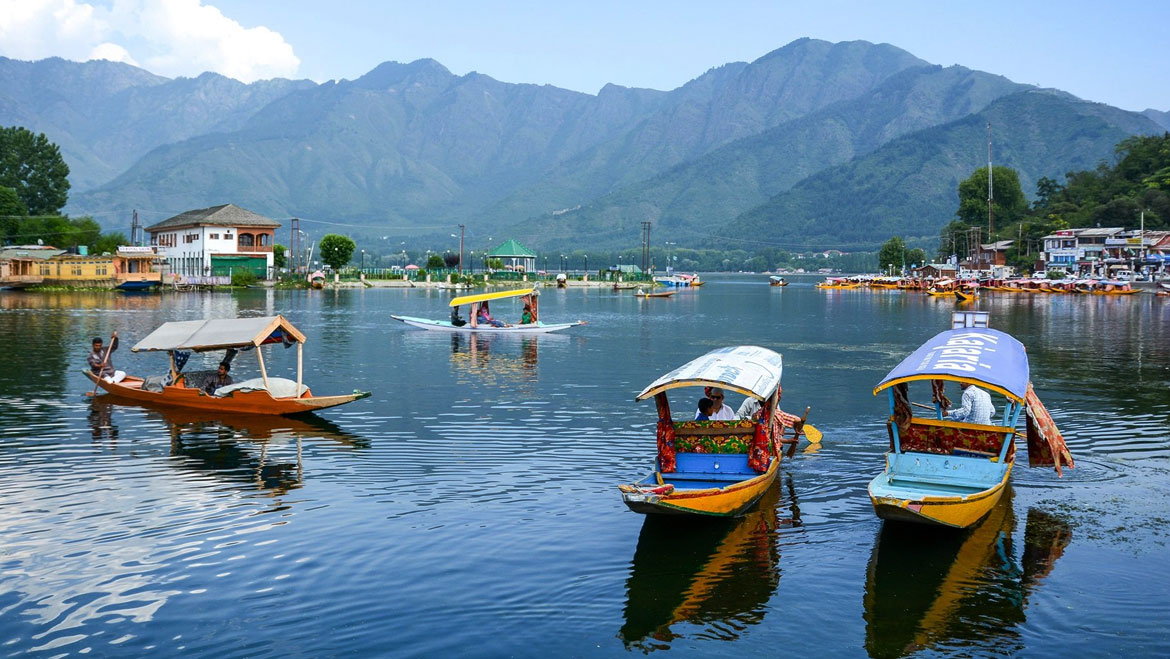Interesting Facts About Languages Of Jammu And Kashmir
Exploring the Linguistic Tapestry: Uncovering Interesting Facts About Languages of Jammu and Kashmir

Jammu and Kashmir, nestled in the northernmost part of India, is not just renowned for its breathtaking landscapes but also for its rich cultural heritage. One of the most intriguing aspects of this region is its linguistic diversity, which reflects the amalgamation of various cultures and traditions. Let’s delve into some fascinating facts about the languages spoken in Jammu and Kashmir, showcasing the vibrant tapestry of communication in this beautiful region.

1. Kashmiri: A Language of Melodic Beauty Kashmiri, an Indo-Aryan language, holds a special place in the hearts of the people of Jammu and Kashmir. Known for its melodic tones and poetic expressions, Kashmiri is primarily spoken in the Kashmir Valley. It boasts a rich literary tradition, with classical poets like Lal Ded and Nund Reshi contributing significantly to its poetic heritage.
2. Dogri: A Vibrant Language of Folklore Dogri, classified as a part of the Northwestern group of Indo-Aryan languages, is predominantly spoken in the Jammu region. It has a deep-rooted connection with folklore and oral traditions, often expressed through vibrant folk songs and tales. Dogri literature has gained recognition over the years, with writers like Dinu Bhai Pant and Ved Rahi enriching its literary landscape.
3. Ladakhi: The Language of High Altitudes Ladakhi, a Tibetic language, is primarily spoken in the cold desert region of Ladakh. Known for its unique phonetics and grammar structure, Ladakhi reflects the cultural heritage of the region, influenced by Tibetan Buddhism. With its distinct script and rich oral traditions, Ladakhi continues to be a symbol of identity for the people of Ladakh.
4. Gojri: A Language of Nomadic Traditions Gojri, also known as Gujari, is spoken by the Gujjar and Bakerwal communities across Jammu and Kashmir. This language, belonging to the Indo-Aryan family, reflects the nomadic lifestyle and rich cultural heritage of these communities. Despite its oral tradition, efforts are being made to preserve and promote Gojri literature and cultural expressions.
5. Urdu: The Language of Unity Urdu, with its roots in Persian and Arabic, holds a significant position as a lingua franca in Jammu and Kashmir. It serves as a common language of communication among people from diverse linguistic backgrounds. Urdu literature has flourished in the region, with poets like Mahjoor and Rahman Rahi contributing immensely to its poetic legacy.
6. Pahari: The Language of the Hills Pahari, encompassing various dialects, is spoken in the hilly regions of Jammu and Kashmir. It reflects the cultural nuances and linguistic diversity of the people residing in these areas. Pahari literature, including folk songs and tales, captures the essence of life in the picturesque hills of the region.
7. Balti: A Language of Trans-Himalayan Heritage Balti, predominantly spoken in the Baltistan region of Ladakh, belongs to the Tibetic language family. It carries the legacy of the ancient Silk Route and reflects the cultural exchanges between Central Asia and the Indian subcontinent. Balti script and literature contribute to preserving this unique linguistic heritage.
8. Shina: Echoes from the Valleys Shina, primarily spoken in parts of Gilgit-Baltistan and some areas of Kashmir, is a Dardic language with its own distinct characteristics. It embodies the cultural ethos of the people inhabiting the picturesque valleys of the region. Shina poetry and folk music add depth to its cultural significance.
Preserving Linguistic Heritage Despite the linguistic diversity, there are concerted efforts to preserve and promote these languages through education, literature, and cultural programs. Various institutions and organizations are working towards documenting oral traditions, promoting literacy, and fostering a sense of pride in linguistic heritage among the people of Jammu and Kashmir.
Conclusion The languages of Jammu and Kashmir are not just modes of communication but repositories of rich cultural heritage and historical legacies. They reflect the vibrant tapestry of traditions, beliefs, and identities that define the unique fabric of this region. Exploring and celebrating these linguistic treasures not only enriches our understanding but also fosters a deeper appreciation for the diverse cultural mosaic of India’s northern frontier.



